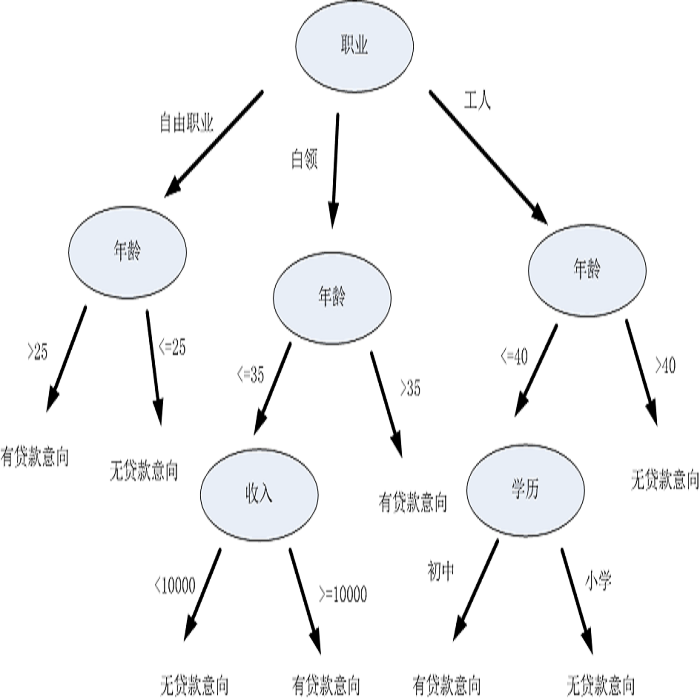Centrality metrics play a crucial role in network analysis, while the choice of specific measures significantly influences the accuracy of conclusions as each measure represents a unique concept of node importance. Among over 400 proposed indices, selecting the most suitable ones for specific applications remains a challenge. Existing approaches -- model-based, data-driven, and axiomatic -- have limitations, requiring association with models, training datasets, or restrictive axioms for each specific application. To address this, we introduce the culling method, which relies on the expert concept of centrality behavior on simple graphs. The culling method involves forming a set of candidate measures, generating a list of as small graphs as possible needed to distinguish the measures from each other, constructing a decision-tree survey, and identifying the measure consistent with the expert's concept. We apply this approach to a diverse set of 40 centralities, including novel kernel-based indices, and combine it with the axiomatic approach. Remarkably, only 13 small 1-trees are sufficient to separate all 40 measures, even for pairs of closely related ones. By adopting simple ordinal axioms like Self-consistency or Bridge axiom, the set of measures can be drastically reduced making the culling survey short. Applying the culling method provides insightful findings on some centrality indices, such as PageRank, Bridging, and dissimilarity-based Eigencentrality measures, among others. The proposed approach offers a cost-effective solution in terms of labor and time, complementing existing methods for measure selection, and providing deeper insights into the underlying mechanisms of centrality measures.
翻译:暂无翻译



